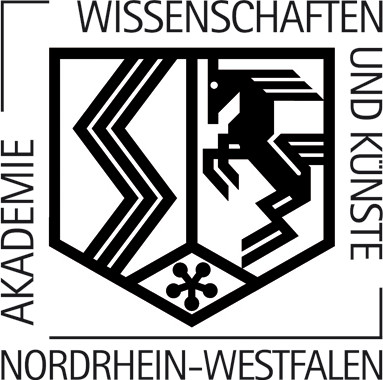Hinter verschlossenen Türen. Häusliche Kultpraxis im frühen Christentum am Beispiel archäologischer Zeugnisse aus Kleinasien (4./6. Jahrhundert) (mit Tafeln 1/8)
JbAC 62 (2019) Seiten: 118-157
The present essay seeks to explore the various transformation processes in domestic religion in Christian Late Antiquity. In this connection, the transition from pagan to Christian religiosity in the context of homes and families is understood as a continuation of already well-known traditions and practices of private worship undergoing change. After clarifying the challenges to such inquiry and the methodological approach, the study consists of two parts. Utilizing material and written sources, the first part examines selected archaeological monuments from Western Asia Minor in the 4th to 6th century by applying the space syntax analysis to identify possible architectural installations of domestic Christian cults. The second part, however, classifies the archaeological findings within pagan-rooted traditions best attested at Pompeii and Ephesus. The study goes on to point out typical characteristics of Christian cult installations, revealing various continuities as well as discontinuities within private worship in Late Antiquity. The essay endeavours to provide new insights into the broad and multi-facetted phenomena of Christian domestic religion, which was probably far more widespread than material findings may today suggest.

